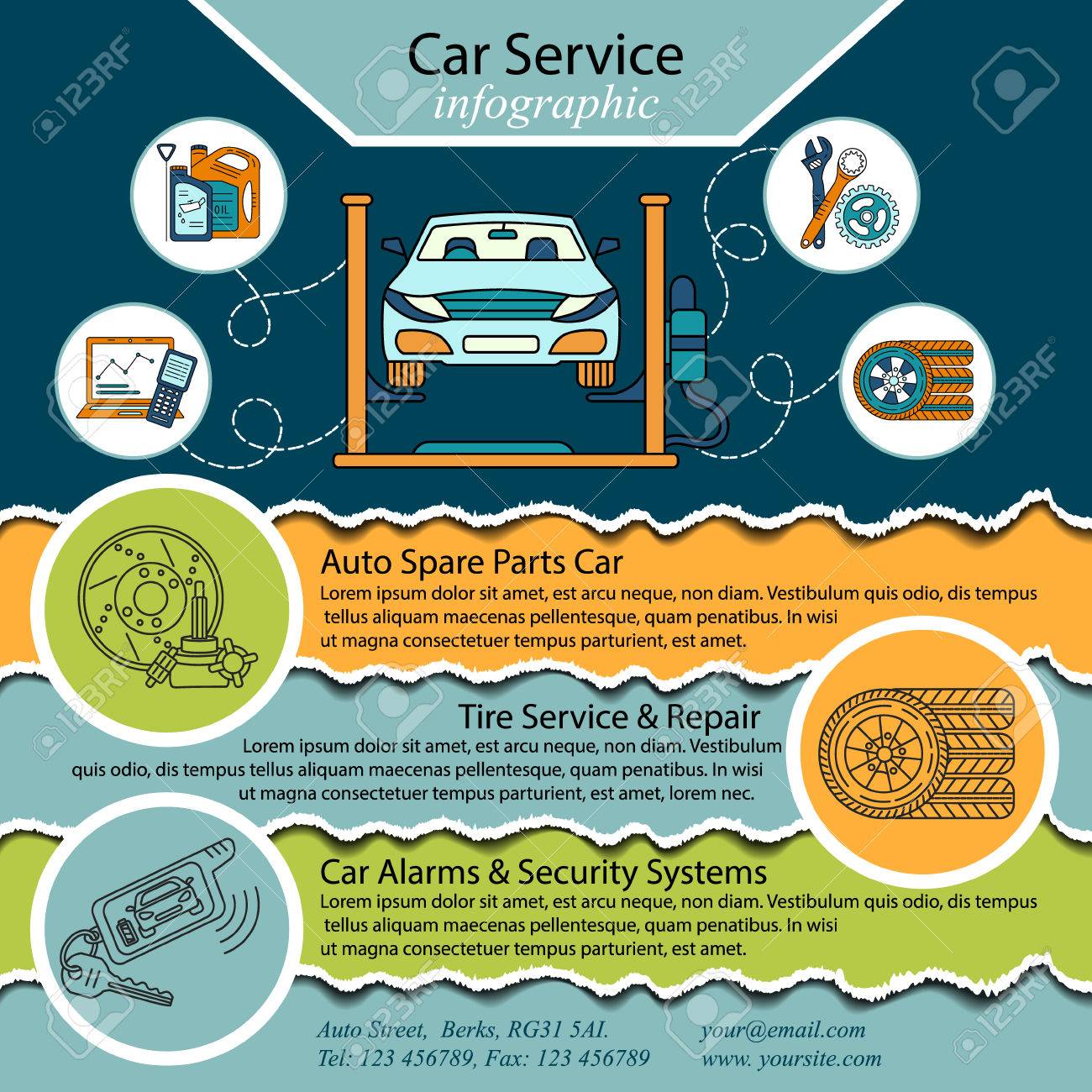Realizing The Relevance Of Your Auto'S Warning Signals: What They In Fact Stand For
Realizing The Relevance Of Your Auto'S Warning Signals: What They In Fact Stand For
Blog Article
Article Composed By-Boye Gilbert
When you lag the wheel, those beautiful warning lights on your dashboard can be a little bit difficult. Do you know what they're attempting to inform you regarding your cars and truck's health and wellness? Understanding the significance of these lights is vital for your safety and the long life of your vehicle. So, the following time one of those lights turns up, wouldn't you want to understand its message accurately and take the necessary actions to address it?
Common Warning Lighting and Interpretations
Identify typical caution lights in your car and understand their definitions to ensure safe driving.
One of the most typical warning lights consist of the check engine light, which signifies issues with the engine or emissions system. If this light comes on, it's vital to have your car examined promptly.
The oil stress cautioning light indicates reduced oil stress, requiring immediate focus to avoid engine damages.
A blinking battery light might recommend a malfunctioning charging system, potentially leaving you stranded otherwise dealt with.
https://abc11.com/supply-chain-car-parts-covid-nc-issues/11464120/ (TPMS) light notifies you to reduced tire stress, impacting vehicle stability and fuel efficiency. Overlooking this can result in risky driving problems.
The abdominal muscle light suggests a trouble with the anti-lock stopping system, compromising your capability to stop swiftly in emergencies.
Finally, the coolant temperature level cautioning light warns of engine getting too hot, which can cause severe damages if not dealt with swiftly.
Comprehending these typical warning lights will certainly help you attend to problems promptly and keep secure driving problems.
Relevance of Prompt Attention
Comprehending the common caution lights in your car is only the primary step; the importance of immediately resolving these cautions can't be emphasized enough to ensure your security on the road.
When a caution light illuminates on your dashboard, it's your cars and truck's means of interacting a possible issue that needs attention. Ignoring these warnings can lead to more serious issues later on, jeopardizing your safety and security and potentially costing you more out of commission.
Motivate focus to advising lights can prevent breakdowns and crashes. For instance, a flashing check engine light might suggest a misfire that, if left unattended, can cause damage to the catalytic converter. Addressing boat cleaning can conserve you from an expensive fixing.
In car valet botany , a brake system advising light could signal reduced brake fluid or worn brake pads, vital parts for your safety and security when driving.
Do It Yourself Troubleshooting Tips
If you see a caution light on your dashboard, there are a few do it yourself repairing pointers you can attempt before looking for expert aid.
The first step is to consult your car's manual to understand what the particular caution light indicates. Often the problem can be as straightforward as a loosened gas cap activating the check engine light. Tightening up the gas cap might solve the issue.
One more usual issue is a reduced battery, which can cause various warning lights. Checking the battery connections for deterioration and ensuring they're secure could fix the trouble.
If a warning light persists, you can attempt resetting it by detaching the vehicle's battery for a few minutes and after that reconnecting it. In addition, inspecting your vehicle's fluid levels, such as oil, coolant, and brake fluid, can help troubleshoot cautioning lights associated with these systems.
Final thought
Finally, understanding your vehicle's caution lights is vital for maintaining your automobile running smoothly and securely. By promptly dealing with these signals and recognizing what they mean, you can stay clear of costly repairs and prospective break downs.
Bear in mind to consult your automobile's manual for certain details on each warning light and do something about it appropriately to ensure a trouble-free driving experience.
Stay informed, remain secure when driving!
